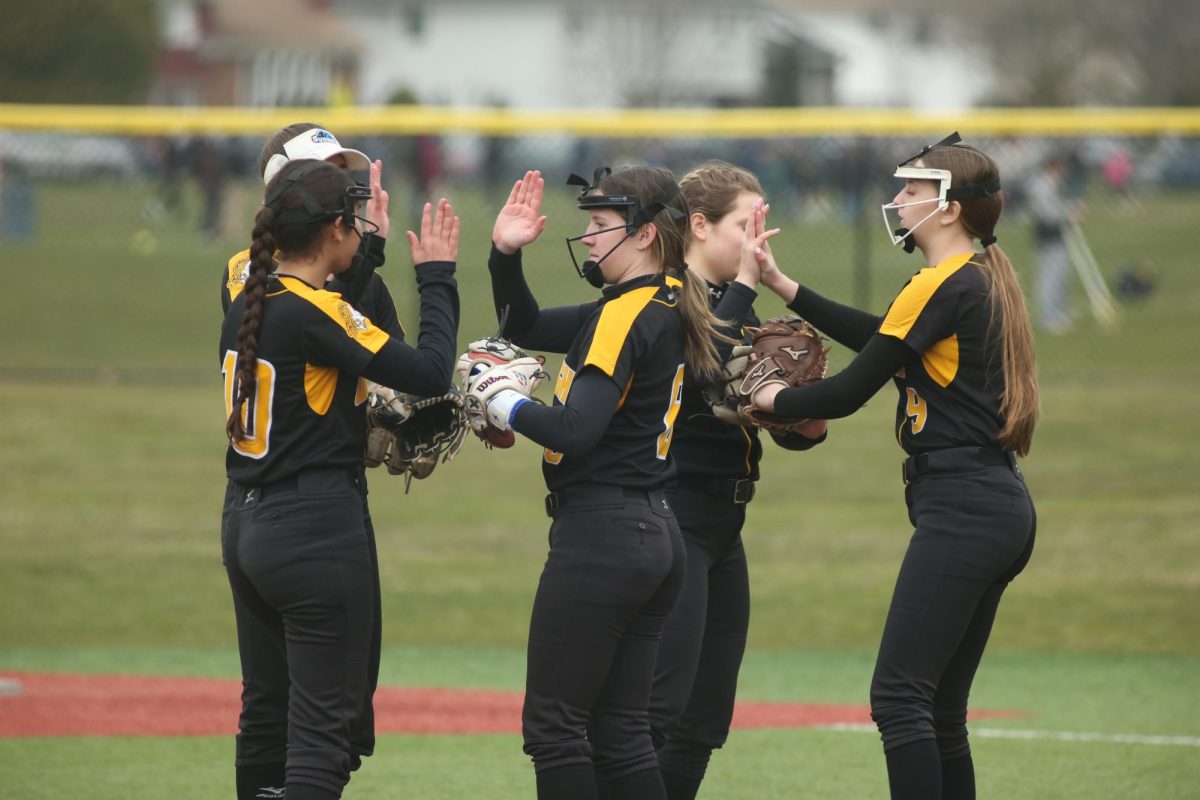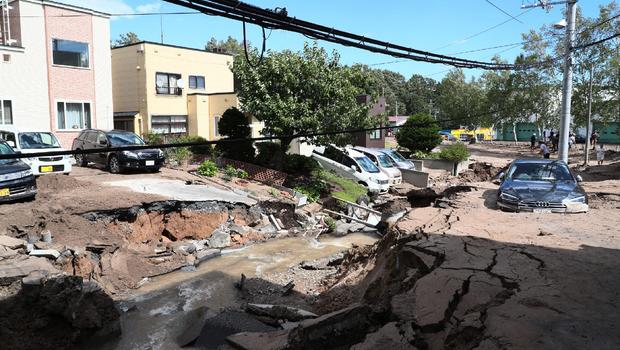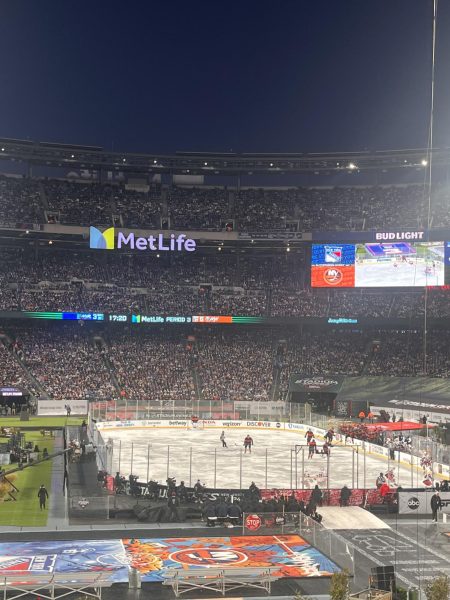Japan Hit By Typhoon And Earthquake
September 20, 2018
Japan is an archipelago – a chain of islands – in the Pacific Ocean, and it is often hit by natural disasters as a result of its geography. Just the week of September 3-7, two subsequent natural disasters happened one after the other, beginning with a typhoon in the west and ending with an earthquake in the northeast.
When the people of western Japan heard that a typhoon would be hitting its shores, they were not prepared for the devastation that would occur. Millions of houses were left without power, and ten deaths were reported. In addition, there were hundreds of injuries. Typhoon Jebi, that left the Kansai region of Japan in shambles, was the strongest typhoon to hit Japan’s mainland since 1993, according to Japanese meteorologist Akihiro Kikuchi.
The storm formed in the Pacific Ocean August 27, having caused intense waves off the coast of Taiwan September 2 and 3 which led to five deaths. As the storm continued northeast it grew more intense and, upon hitting western Japan, had the strength equivalent of a Category 3 Hurricane. Osaka and Kyoto, two of Japan’s major cities, were some of the main victims of Jebi’s destructive, high-speed winds. Wind speeds reached record highs at up to 135 miles per hour, monstrous waves left buildings destroyed and led vehicles, such as a tanker and a ship, to crash and cause even more destruction, and rainfall was at the heaviest it had ever been. Kyoto, for example, experienced 20 inches of rain leading to extreme flooding.
The main airport in the Kansai region, aptly named Kansai International Airport, was hit the hardest. The airport, as of September 5, is still not in operation. Due to extreme flooding over 5,000 people were left stranded on the artificial island where Kansai International Airport is built September 3. They were not evacuated until September 4. Over 1,000 flights to and from the airport were cancelled or delayed, with many people finding alternate flights to take via Kobe Airport.
Apart from Osaka and Kyoto, the prefectures of Hyogo, Gifu, Nara, Wakayama, and Aichi, all in the Kansai region located on Japan’s main island of Honshu, were affected; in addition, the prefectures of Kochi, Kagawa and Tokushima, on the island of Shikoku, also experienced some destruction. The typhoon has now moved away from Japan, but the islands are still struggling to cope as of September 5. Hundreds of thousands of homes are still left without power.
Hokkaido, the northeasternmost island of Japan known for its farms and long winters, was hit by an earthquake September 6. The town of Atsuma in west Hokkaido was the epicenter though residents of Hokkaido’s main city, Sapporo, also experienced significant effects. More than 150 people were injured, over 16 people died, and 26 were reported to be missing after the magnitude-6.6 quake. According to the USGS, a magnitude-6.6 quake is equivalent to an IX on the Mercalli Intensity scale. Earthquakes with an intensity of IX lead to such effects as, “[damage] considerable in specially designed structures; well-designed frame structures thrown out of plumb. Damage great in substantial buildings, with partial collapse. Buildings shifted off foundations.” These effects were seen in Hokkaido, where houses were buried by massive landslides and roads collapsed. As of September 7, electricity has been restored to the houses of Hokkaido that lost power though the island is still rebuilding. 22,000 people, according to Japan’s prime minister Shinzo Abe, are involved in rescue efforts to search for the 26 missing victims of the earthquake.



















